The suitability and benefits of hydrogen internal combustion engines (ICE) is the focus of a new report from the Government-backed Advanced Propulsion Centre (APC).
It examines the role hydrogen has to play in the decarbonisation of heavy-duty vehicles (HDVs) and off-highway machinery.
APC’s stakeholder engagement director, Philippa Oldham, said: “The energy transition will not be a one-size-fits-all solution, and while considerable attention is handed over to BEVs, particularly in the passenger car segment, hydrogen technologies will play a significant role for the more challenging areas.
“With this in mind, we need to ensure the sector, and its supply chain attract the necessary investment and that it is upheld with policy and regulation that serves to enhance and position the UK as a global leader in hydrogen ICE innovation and manufacture.”
Hydrogen fuel-cell vehicles generate their electricity through an electrochemical process, combining hydrogen and oxygen, with the only byproducts being water and heat.
Hydrogen ICE vehicles, with engines which resemble existing heavy-duty diesel engines, deliver near-zero carbon emissions, with a trace of NOx emitted due to the hydrocarbon lubricants used to improve operating efficiency.
The opportunities for both hydrogen ICE and hydrogen fuel-cells are discussed in the APC ‘Hydrogen landscape for automotive insight report’.
“The UK has a rich history in the design and manufacture of ICE, and the wealth of knowledge and experience in this area can be applied to hydrogen ICE,” explained Oldham.
“HDVs, fleet operations, and non-road mobile machinery (NRMM) are all applications where adoption of battery electric vehicles (BEVs) is proving challenging.
“Hydrogen ICE offers a fast refuel, range advantages, performance and retrofit solutions which can serve to manage transitional costs as this solution uses the same cooling and drivetrain as the incumbent diesel engines.
“Hydrogen ICE also has considerable potential when looking to the export opportunities on offer for the UK, as it is increasingly being favoured in Europe as an emerging clean technology for HDVs in particular.”
Europe’s targets of a 90% reduction in carbon emissions by 2040, when compared to the UK’s complete ban by 2035 leaves room for the implementation of hydrogen ICE as a powertrain for some segments of the automotive sector, says APC.
Many of the current hydrogen ICE solutions emit low levels of nitrogen oxides (NOx) which currently could restrict UK opportunities post 2035.
Dr Hadi Moztarzadeh, head of technology trends at the APC, said: “I see real opportunity for hydrogen ICE and there now needs to be a focus on the development of supporting policy and regulation.
“The low level of NOx is currently inhibiting wider adoption in passenger vehicle applications, but battery technologies currently do not have the capability to decarbonise the HDV and off-highway sectors so we need to seriously address and consider solutions that can reduce emissions.”
He added: “In the insight report we note that hydrogen ICE, with relevant after-treatments could reduce CO2 emissions by 99.95%, as well as reducing the global warming potential of all greenhouse gases by 99.9%, compared with current Stage V diesel engines.
“As policies move to consider the emissions of the whole vehicle, rather than just at tailpipe, this could bolster the appeal of hydrogen ICE.”
The APC is urging the automotive sector and its supporting supply chains to discuss the future pathway and innovation for hydrogen ICE and hydrogen fuel cell technologies and is welcoming exploratory conversations about future funding opportunities available.
It comes as policymakers are being urged by manufacturers to back hydrogen fuel-cell electric vehicles as well as battery-powered cars vans and trucks to drive zero-emission transport.
Speaking at a BMW event examining hydrogen’s role in UK transport, David Wong, head of technology and innovation at UK automotive trade body, the Society of Motor Manufacturers and Traders (SMMT), argued that the country risks “putting all its eggs in one basket” with its current approach.
Fleets should back calls for UK to match EU hydrogen plans
FleetCheck says fleets should back new calls for the UK government to match EU targets aimed at creating at least one hydrogen filling station for every 120 miles of major road by 2030.
The fleet software specialist believes this level of ambition of network expansion is needed if vehicle operators are to maximise the potential of all possible zero emissions fuel choices.
Peter Golding, CEO at FleetCheck, said: “At a hydrogen summit last week, BMW said that they won’t bring their new fuel cell model to the UK because of the lack of infrastructure, and called for the UK to show the same kind of commitment as the EU.
“We’re in a situation where an almost complete absence of infrastructure means we’re in danger of being left behind when it comes to hydrogen, even though there seems to be general agreement among fleets that it has a definite role to play in the future.”
Hydrogen especially appeared to have appeal for commercial vehicle operators, he added, where the adoption of battery electric vehicles was proving slow due to compromises around range and payload.
He explained: “It’s widely recognised, for example, that adoption of electric vans is much slower than originally anticipated and, as yet, there are no real answers to the problems that some fleets are experiencing in operational terms.
“There is already a potentially viable zero emissions alternative in the shape of Vauxhall’s new hydrogen van, which offers 250 miles of range and five-minute refuelling. However, unless you can afford to bunker fuel, it’s not a practical proposition owing to the lack of stations.”
UK fleets would benefit from a more balanced government approach that promoted a range of zero emissions fuel options, he added.

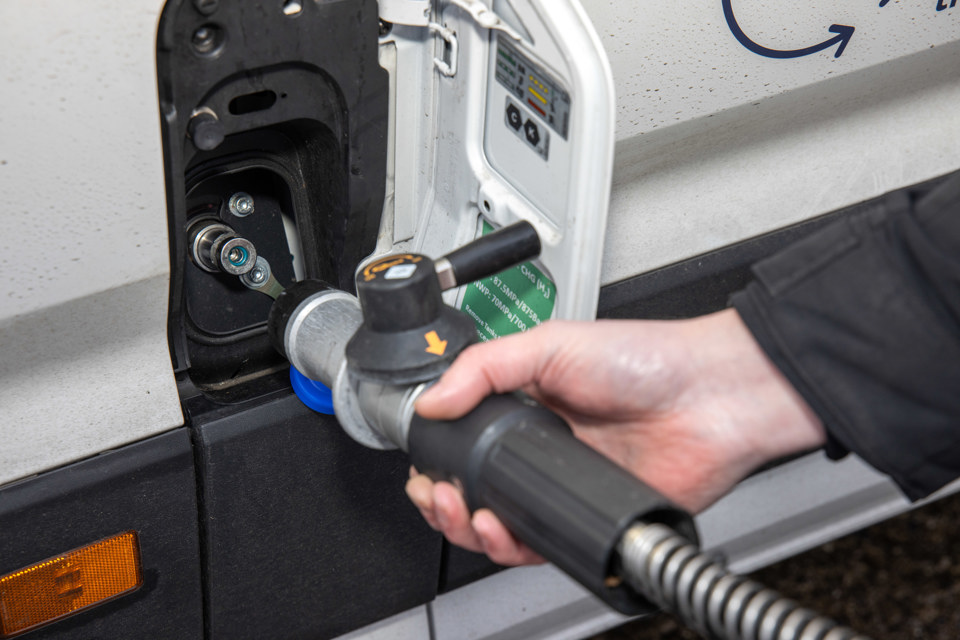
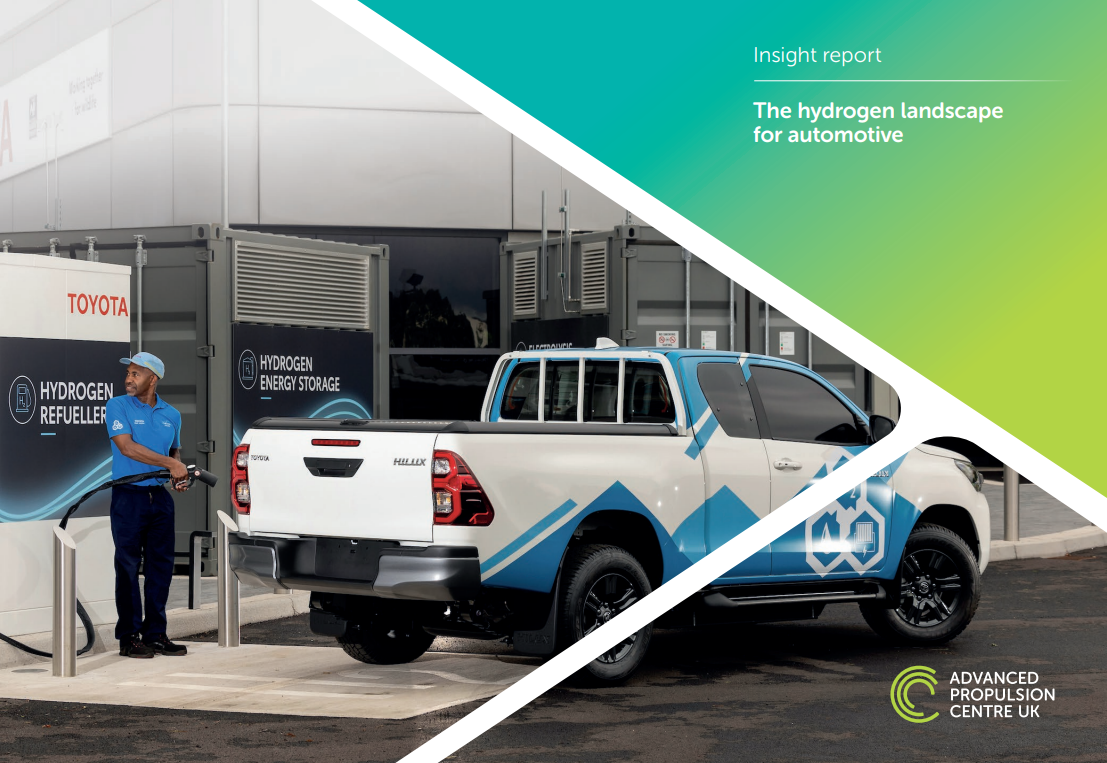




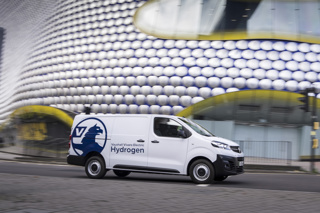
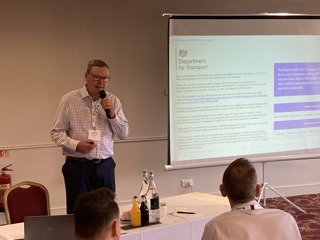
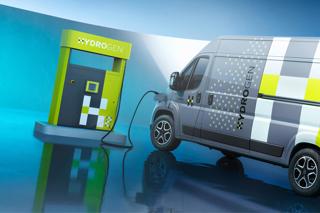
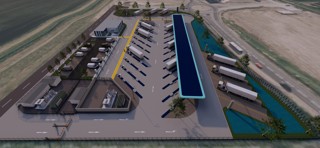
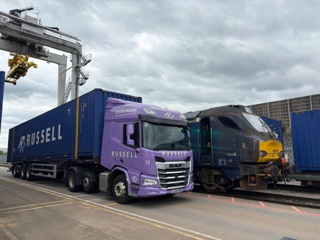


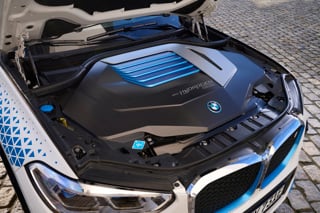






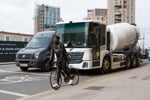

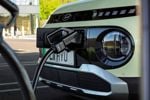



Login to comment
Comments
No comments have been made yet.